Jessica Wittner completed three weeks of intensive training for ESA’s PANGAEA geology course with a big smile on her face. After 22 years in the US Navy as a fighter pilot, she finds herself fascinated by planetary science and proud to have acquired ‘geology eyes’.
The training formula took Jessica from geology lectures to the field, where she could place her hands on the rocks and solidify her newly gained knowledge. Back in the classroom, she analysed satellite images of the Moon and Mars.
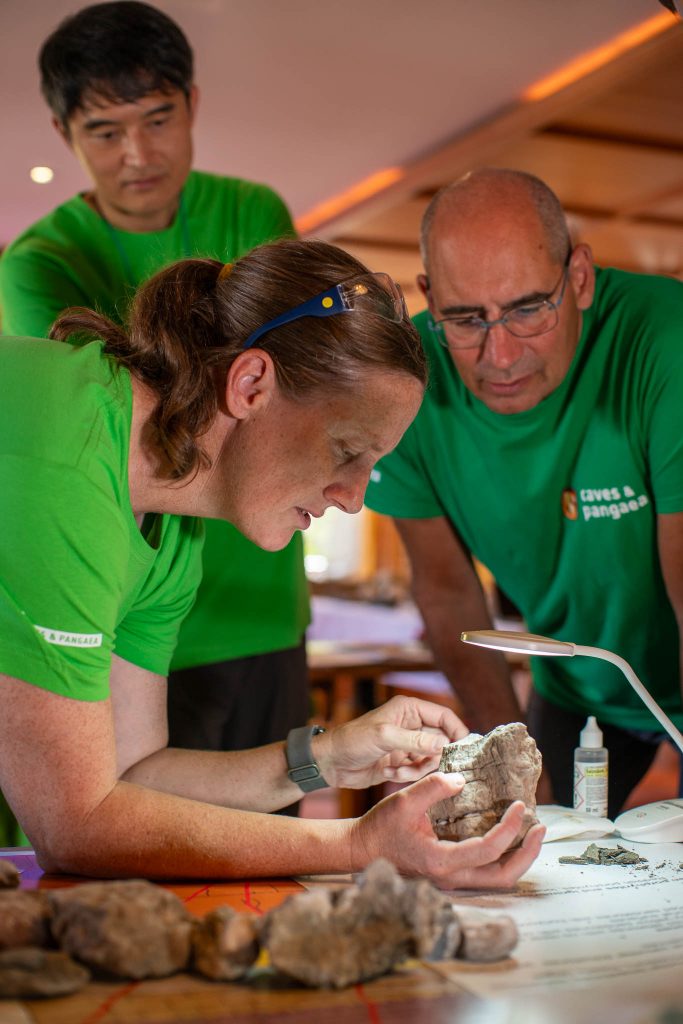
“I personally got the most out of it by going out, discovering rocks in the field, and looking at them under the lens. Being able to make direct comparisons between theory and practice was very useful,” explains Jessica.
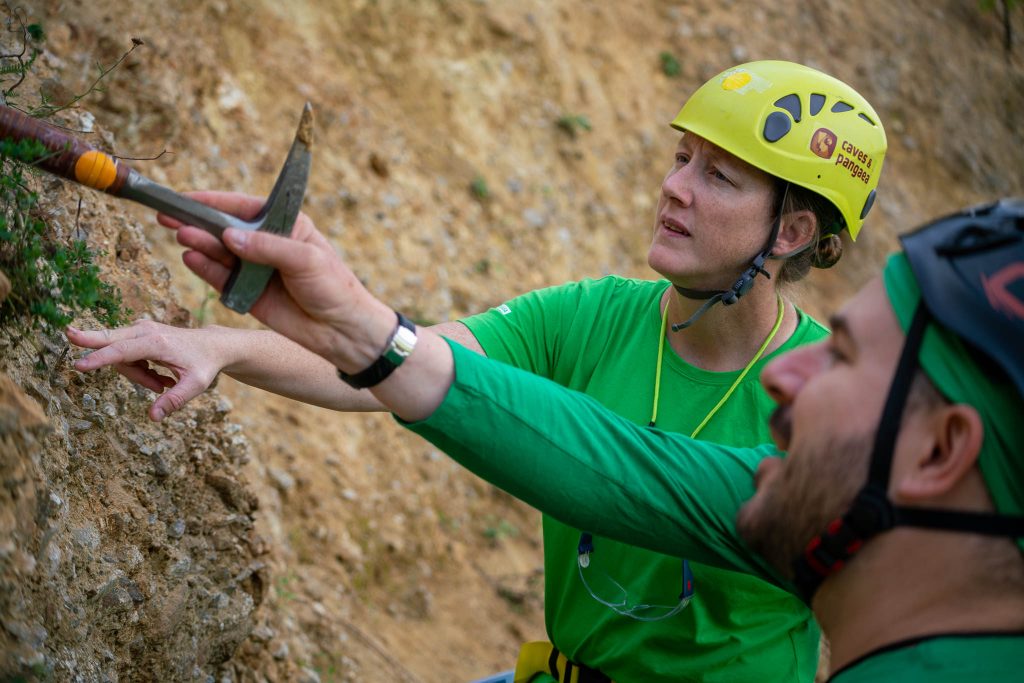
The big picture
The PANGAEA crew took up different roles and swapped responsibilities as part of the training. The astronauts documented every piece of a landscape, “I enjoyed seeing the big picture and looking out for the unusual, for the things that looked out of place. Finding the unexpected was exciting,” she explains.
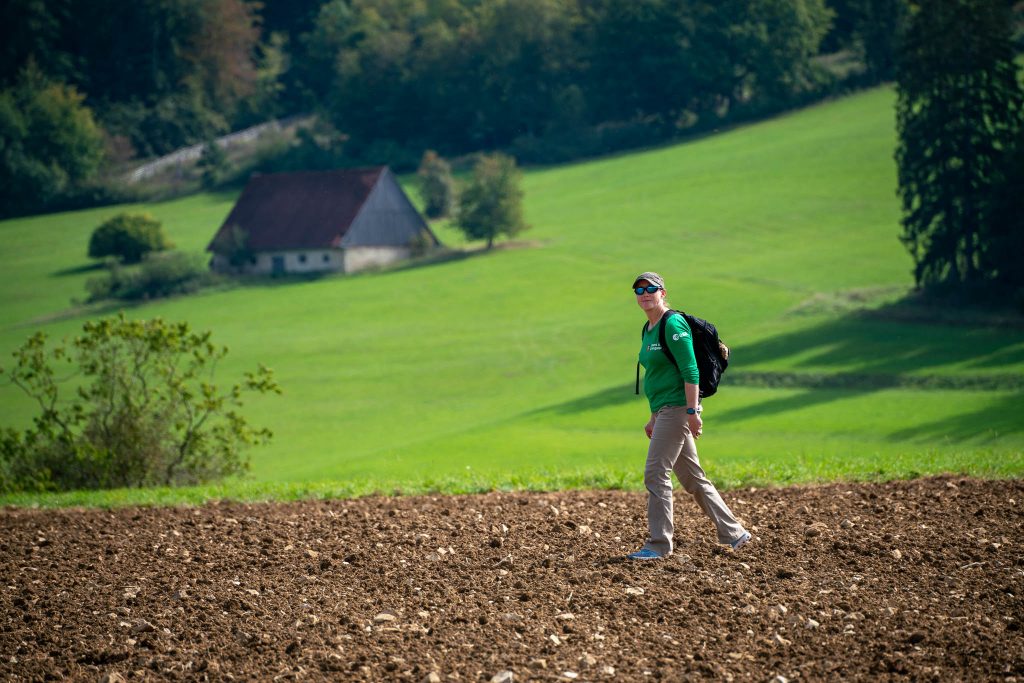
Jessica feels well equipped now to explore the lunar surface. “Knowing the geology of the landing site will be crucial to achieve the science objectives,” she says. Even if a communication blackout happens, the astronauts should be able to execute the mission without direct feedback from the scientists on Earth.
In this year’s edition, all three astronauts have a pilot’s background. “We brought our operational expertise to the course, such as managing the time we could spend at each sampling site and the risks involved. We were also sensitive to the needs and priorities of the science team. We made a great team!” she concedes.
Craters and canyons
The topic that fascinated her the most was impact craters. Jessica followed the footsteps of Apollo astronauts to study the Ries crater in Germany. It is one of the best-preserved impact craters on Earth, where the American crew trained before their flight to the Moon.
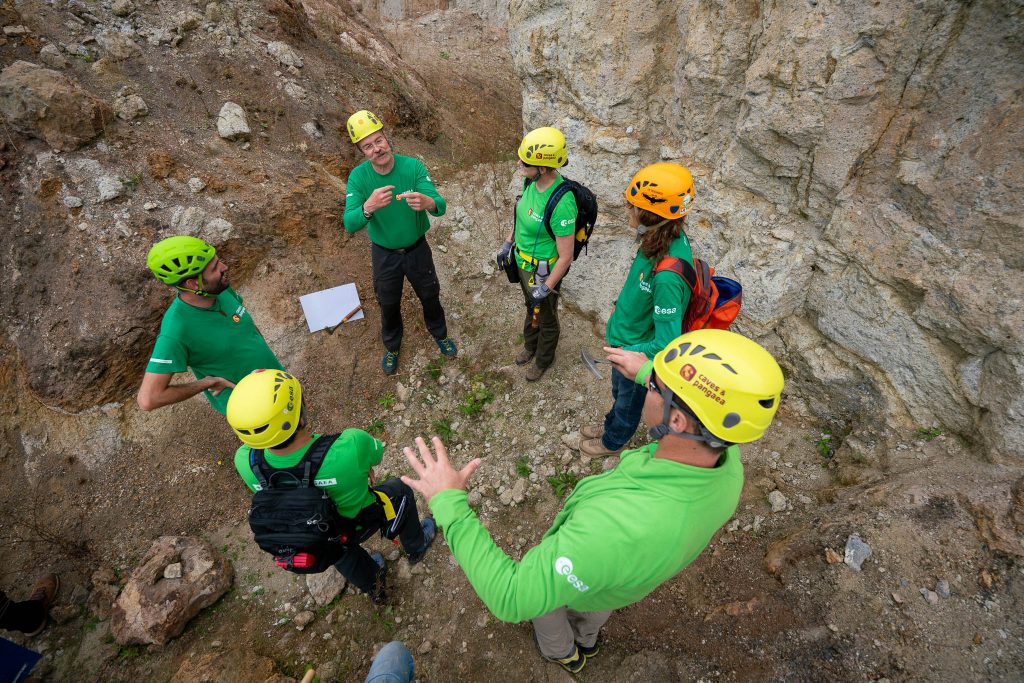
Jessica praises PANGAEA for providing her with a better understanding of the world she lives in. “I grew up in California and I always wondered how the amazing landscapes of Yosemite and the Grand Canyon formed. Now I can answer that question, and I really look forward to going back to these places to take a deeper look at them,” she adds.
Jessica leaves the volcanic landscapes of Lanzarote with a new passion looming. “I have the urge to spend more time in the field and study to learn even more,” she admits.
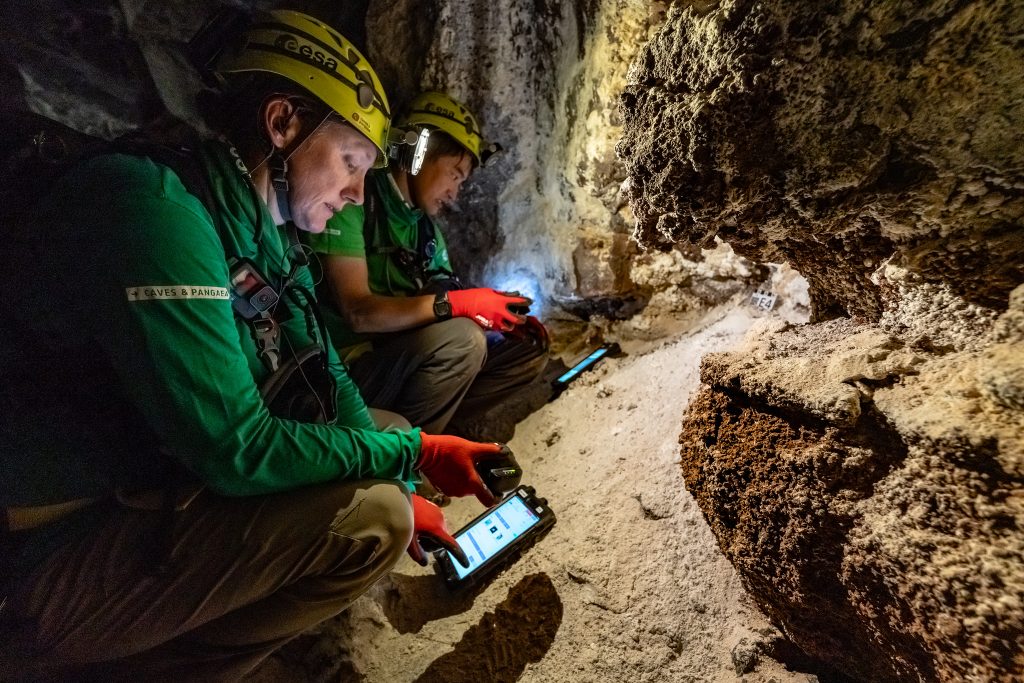

Discussion: no comments